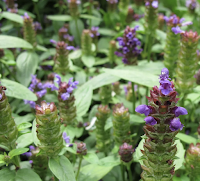 |
| What is NaNoWriMo? |
NaNoWriMo, National Novel Writing Month, is when authors strive to write a 50,000 word novel in one month. That’s 1,667 words each day. NaNo was started by a man who thought there was nothing else to do in November.
COVID slowed much of this busy time of year for families, possibly giving writers more time to focus on stories. Still, one thousand six hundred and sixty seven words are a lot to do each day for thirty days.
Syntax, grammar, and major revisions happen for the next few months.
Writers can plot prior to NaNo, but writing any part of the story isn’t fair play. I’m a huge plotter and mapped out what I wanted to cover each day of the month. Even with that preparation, I usually spend two hours a day getting those words on the page with some semblance of the English language.
I’ve reflected on the whole experience and came to the conclusion that in January of 2024 I will do my own version of NaNo—JaNoWriMo, or January Novel Writing Month. My goal will be one thousand words a day. Given that I prefer to write stories around forty-five thousand words, this will give me a good start on a new novel.
January is truly the month where there is nothing to do. Shopping is done, the holiday decorations are down, and now the bills come in. Plus, there are New Years resolutions. Why not start out with the resolution to get that next (or first) book started?
By the way, yes, I did write more than 50,000 words on a new story.
All photos from Unsplash.





























































